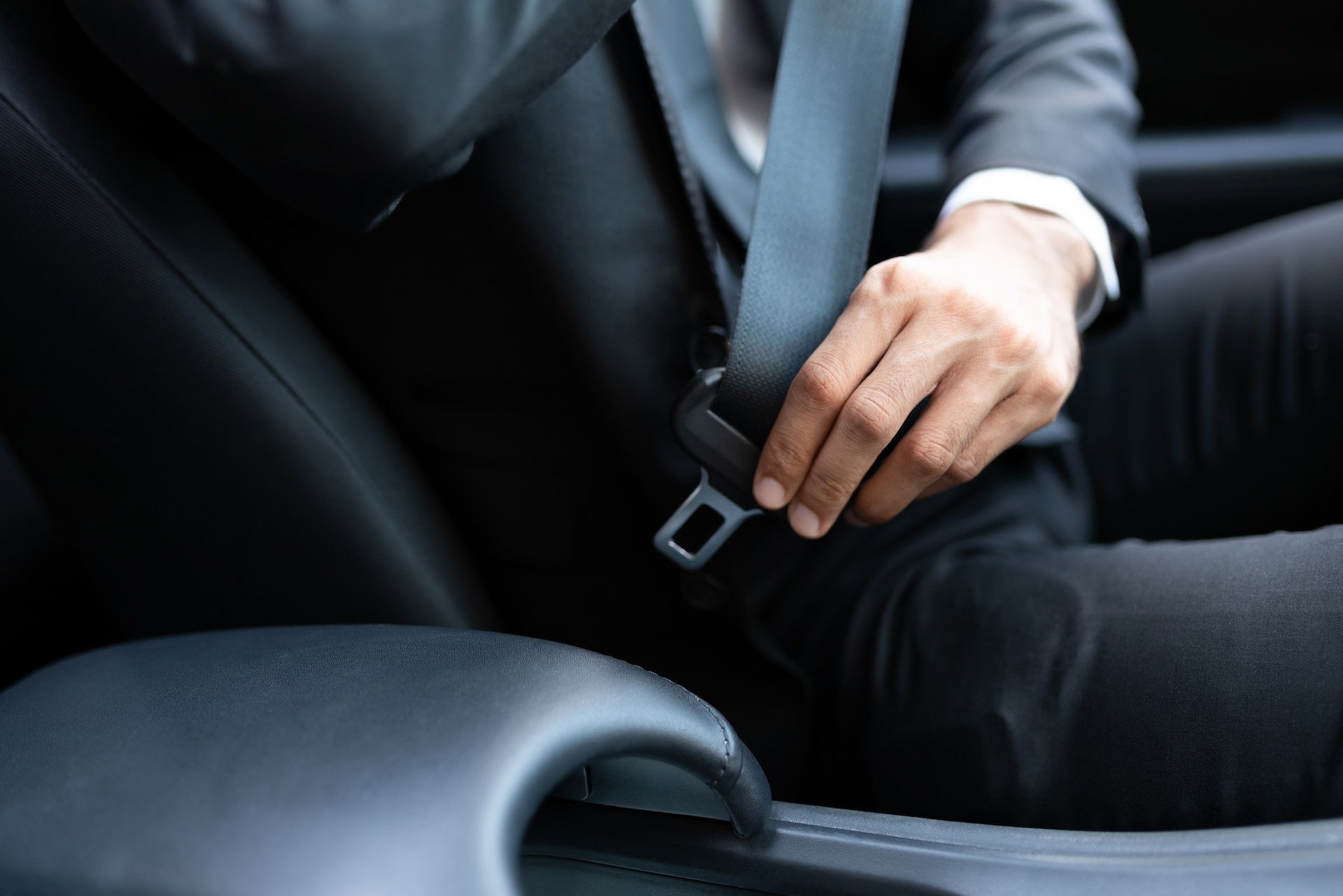Maximizing Vehicle Safety – The Importance of Seat Belt Inspections
We hear a lot about seat belts and how they save lives in car accidents. But many don’t know that those life-saving mechanisms are vulnerable to damage and malfunction, just like any other vehicle system.
When inspecting your seat belt, look for cuts or frayed webbing, excessive sun exposure, and illegible labeling (which must be repaired to maintain airworthiness). Then, check the buckles and retractor mechanism.
Check the Webbing
We’re all familiar with seat belts – the belts that snap across our lap and chest to keep us in place during a crash, dramatically decreasing our chances of being fatally injured or ejected. It’s no secret that seat belts save lives, but did you know they also need to be regularly inspected to ensure they work correctly, like cases when fixing a seatbelt that won’t retract?
The most important part of a seat belt is the webbing. This is the nylon strap that physically holds a person in place during a crash, reducing the forces on the body and protecting them from injury. The webbing is made from a type of polyester called seat belt webbing, which differs from regular webbing used for ratchet straps and cam straps. It’s designed to be stronger, stretch less, and have a higher tensile strength.
When inspecting a seat belt webbing, look for cuts, fraying, and excessive wear. It should be able to retract quickly and fit comfortably in someone sitting in the seat. It should be able to stretch to allow people to lean forward and recline in the seat without becoming loose or causing discomfort. Also, it should be able to latch into the buckle and unlatch without any sticking or resistance, and the clip should not show signs of rust or chipping. If the seat belt is damaged, you will need to replace it. Choose a replacement that meets safety standards and fits your vehicle’s specifications; you can even opt for Seat Belt Coloring if you want to customise the webbing to match the vehicle’s interior or add a unique touch.
Check the Buckle
Seat belts are designed to withstand tremendous loads, but if there is damage to the buckle, it may not latch in an accident. This can lead to severe injuries and even death.
Inspecting the buckle for holes, cuts, fraying, and fluffing is essential. Checking the tongue for rust is also important, as corrosion can interfere with the ability of the buckle to latch. In addition to rust, foreign objects, such as sand or mud, can cause the buckle to malfunction. This can be resolved by prying open the buckle, although a screwdriver is often required.
Buckles can also become unlatched due to twisted belts and a tongue facing the wrong way in the buckle. You should always slacken and fasten the seat belt during a seat belt inspection. If equipped, this allows you to test the pretensioner for proper operation.
If the belt is loosened or the buckle fails to latch during testing, you must replace it. A faulty buckle will not pass a seat belt safety inspection and could cause serious injury in an accident. A growing number of tools are available to help drivers remember to buckle up, such as reminder chimes and cab-top lights. However, the most effective tool is a good role model. Research shows that children who see their parents buckle up are likelier to do the same.
Check the Retraction
Your seat belts must retract properly to function effectively. If they don’t, the chances of them jamming in a collision are much higher, and they may not provide any protection. It is easy to check the retraction of a seat belt by pulling it out manually. If it doesn’t retract, you must pull on the webbing to create slack and clear any twists that keep it from being rejected.
The seat belt webbing might sometimes be twisted behind a plastic panel or trim. Something is also blocking the entrance where the seat belt feeds into the retractor. A screwdriver or slim pole can poke around the door and remove obstructions.
The retractor is responsible for distributing and locking the webbing during a crash. It consists of a spring-loaded spool attached to the belt fabric. In some cars, a mechanism can lock the retractor if pulled out too fast, keeping passengers in place during an accident.
Check the Latch
The seat belt buckle should not have cracks, corrosion, or any other visible signs of wear. These can cause the pin to unlatch during a collision, endangering the driver and passenger. The latch mechanism should also be examined to ensure it functions properly. It should snap in easily and latch securely.
It’s important to note that these safety systems can still be used in a crash if they are not working as they should. However, they may provide less protection. This is why having the seat belts checked regularly and repaired as needed is critical.
Check that the lower anchor straps (the pair of U-shaped bars hidden in the vehicle seat crack) and tether anchors (usually a ring or bar behind the vehicle seat, which is only used with rear-facing child seats) are fastened tightly to the car seat and the latch plate on the vehicle seat. You should also be able to pinch any slack between the heart and the anchor strap or the seat and the belt chest clip.
If your company has a fleet of vehicles and drivers, work with your safety and procurement professionals to encourage the use of seat belts whenever possible. In addition, a policy that requires drivers to extend their belts over their shoulders upon exiting the cab and having managers set an example by always wearing seat belts can help increase compliance and promote safe driving habits among your workers.

